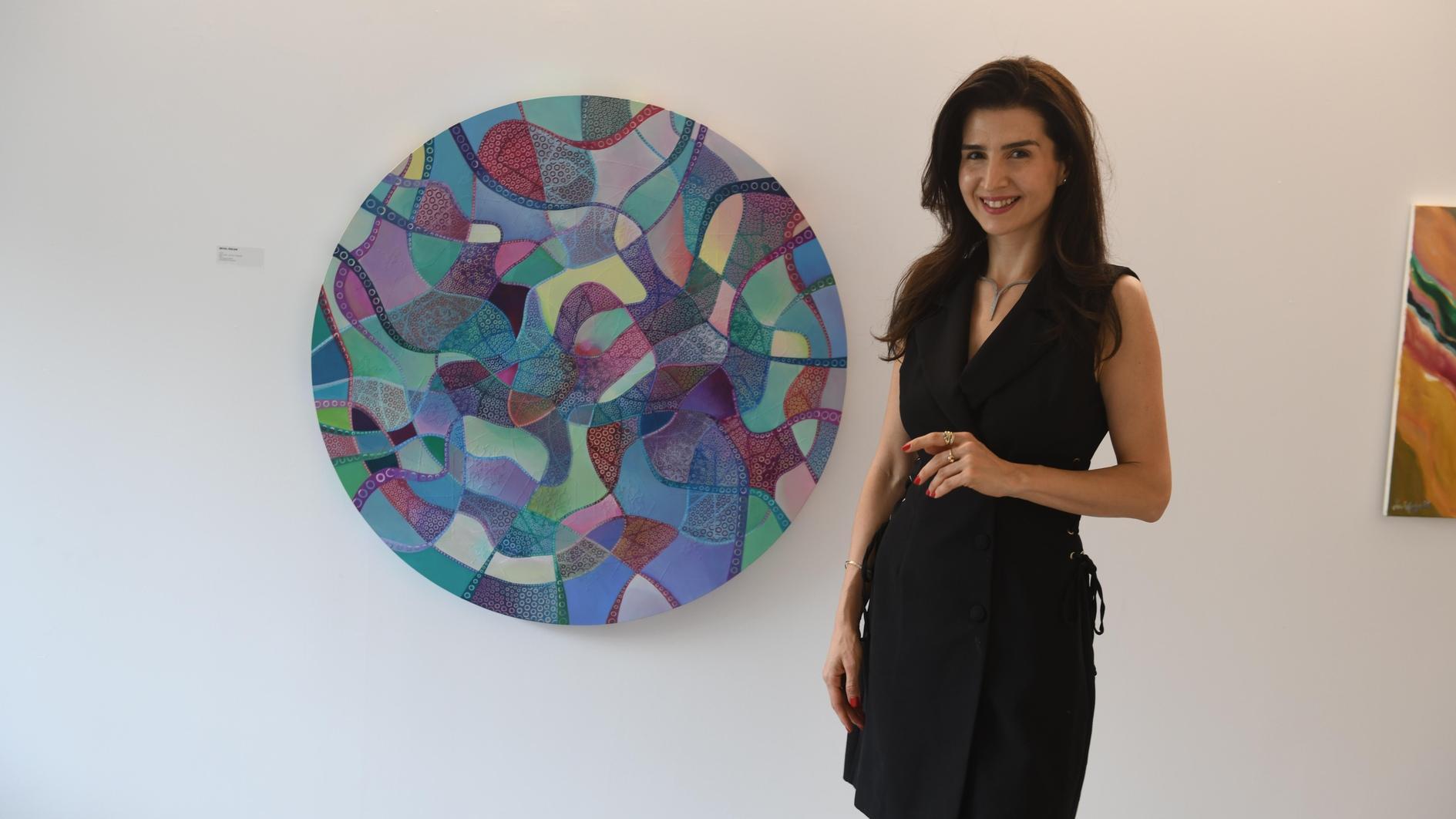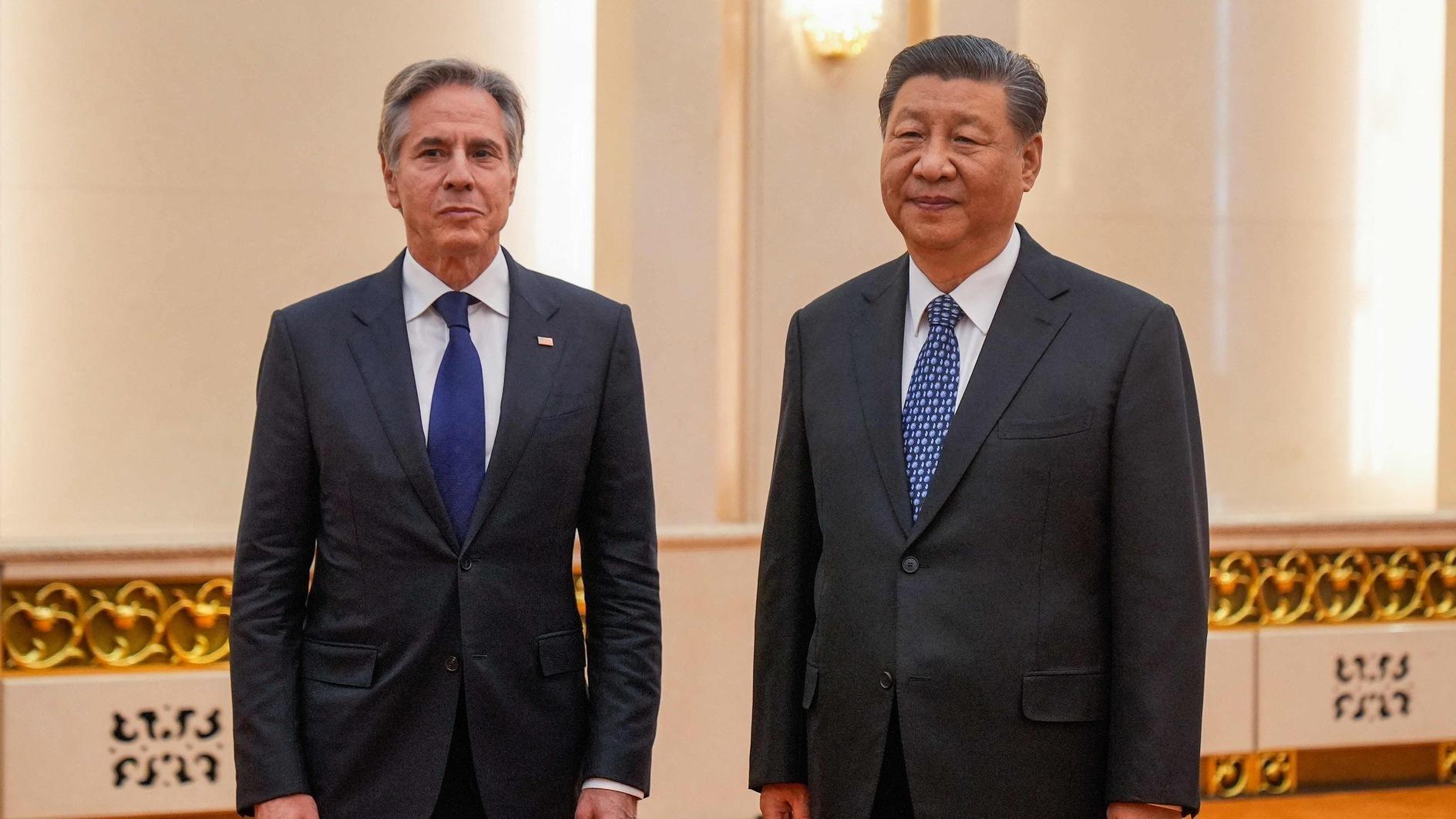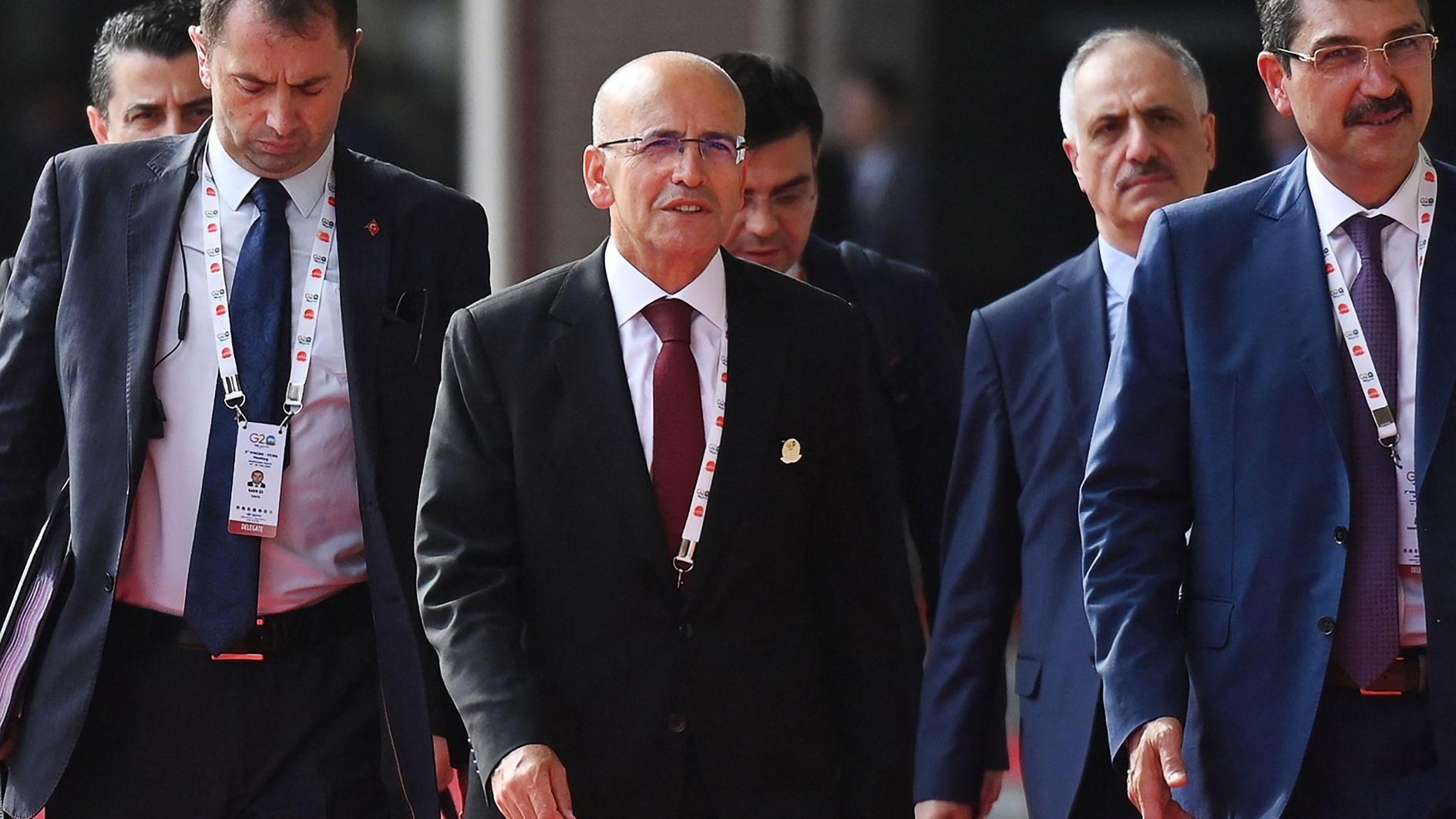What could not be killed in Sarajevo
SOLİ ÖZEL
Sarajevo was by all means an imperial city when it was attacked. Even today, standing at the center of an ugly political formation, having lost a lot of its former identity and grown poor in all senses, the city still carries the dignity and culture of having once been an imperial city.This must be due to the pluralism that is carved in the core of this city where the architecture of the Ottoman and Austro-Hungarian Empires intertwine with each other, where even the communist-era architecture has its own aesthetics. On Friday, in a style that suits them well, the people of Sarajevo, to memorialize the 11,541 people – of different ethnic identities – they lost during the war, placed the same number of red chairs in their main street, with a toy or a flower on top of them.
One of the most important reasons why the Serbian nationalists attacked this lovely city with a great vengeance for almost four years was this pluralism, or, in simpler terms, its urbanism. The Bosnian war, among other things, was the story of the Serbian peasantry taking its revenge upon Bosnian urbanism.
Twenty years ago, on April 6, some 40 thousand Muslim Bosnians, Orthodox Serbians and Catholic Croatians from all parts of the young Republic of Bosnia Herzegovina had gathered to walk for peace. The separation of Croatia and Slovenia from Yugoslavia, and the war that erupted afterward, had created major pressure over Bosnia and Herzegovina, which had already held its first multi-party elections in 1990.
The Serbians who were in control of the Yugoslavian army were obviously going to turn on Bosnia Herzegovina after they settled accounts with Slovenia and Croatia, which had declared their independence. The news that the Yugoslav army was deploying troops to Bosnia Herzegovina was an indication that this republic, which was multi-religious, and which was the one that felt the most Yugoslavian, with the highest rate of mixed marriages, was next.
Despite this, Sarajevo’s cosmopolitan citizens had opted to believe that the war somehow would avoid touching them. The April 6 march was held to demonstrate their will to live together despite nationalism, their will not to get involved with the evil and bloodthirstiness of nationalism. When the march began, two women, a Bosnian named Suada Dilberovic and a Croatian named Olga Susic were killed by the bullets of snipers posted on the hilltops.
A total of five people were killed that day, and the war that caused over 100,000 deaths and the dislocation of two million people began. Serbian nationalists invaded 70 percent of the country with the help of Serbia, chased non-Serbians from those lands they controlled, and caused immense pain for the people. But most importantly, the incident the whole world focused on was the siege of Sarajevo for 44 months, or 11,825 days.
During that siege, the people of Sarajevo, who had no bread to eat, would not appear on camera without powdering their faces; they would not give up their urban discourse, their way of conducting their lives, or their aesthetic concerns. The symbol of Sarajevo’s pluralism, the daily newspaper Oslobedenje, was printed every day, even under those circumstances, with unbelievable sacrifices.
One of the symbols of the city’s resistance was a musician playing his cello on top of ruins in his tailcoat. Even though it was the Bosnians who were hit the hardest, a significant segment of Sarajevo’s Croats and Serbs defended their city for a long time. Finally, the pluralism of Bosnia-Herzegovina and Sarajevo were destroyed. Europe, which did not stand up for the city, is the poorer for it. What was left behind was the honor of the epic struggle of a city and its people defending their pluralist spirit, even though it was in vain.
sozel@htgazete.com.tr
Soli Özel is a columnist for daily HaberTürk in which this piece was published April 8. It was translated into English by the Daily News staff.











